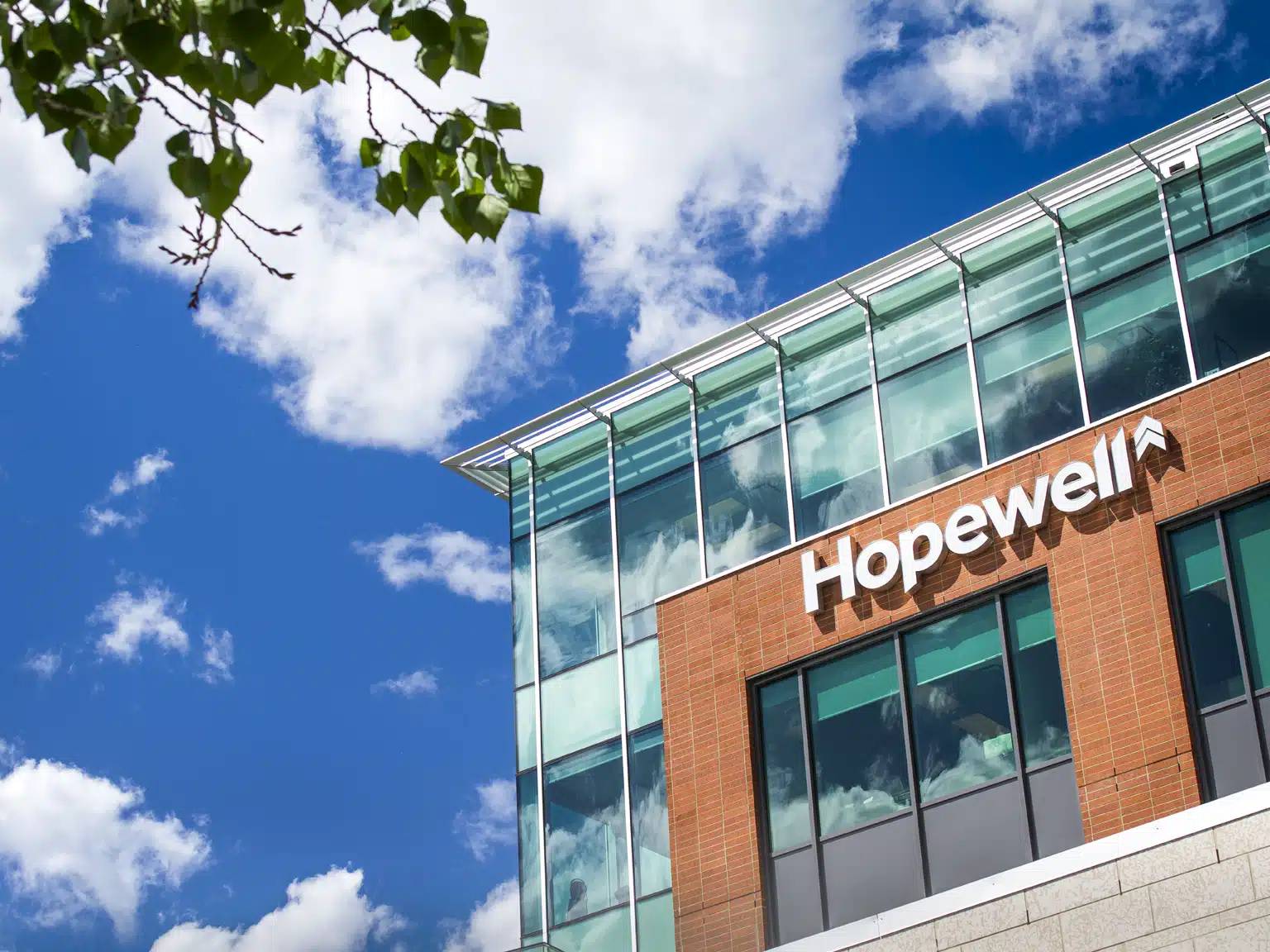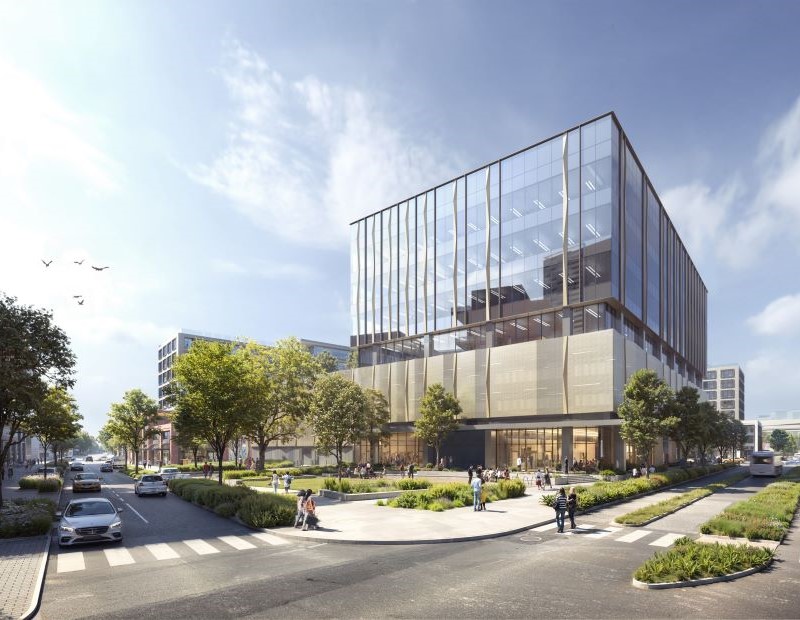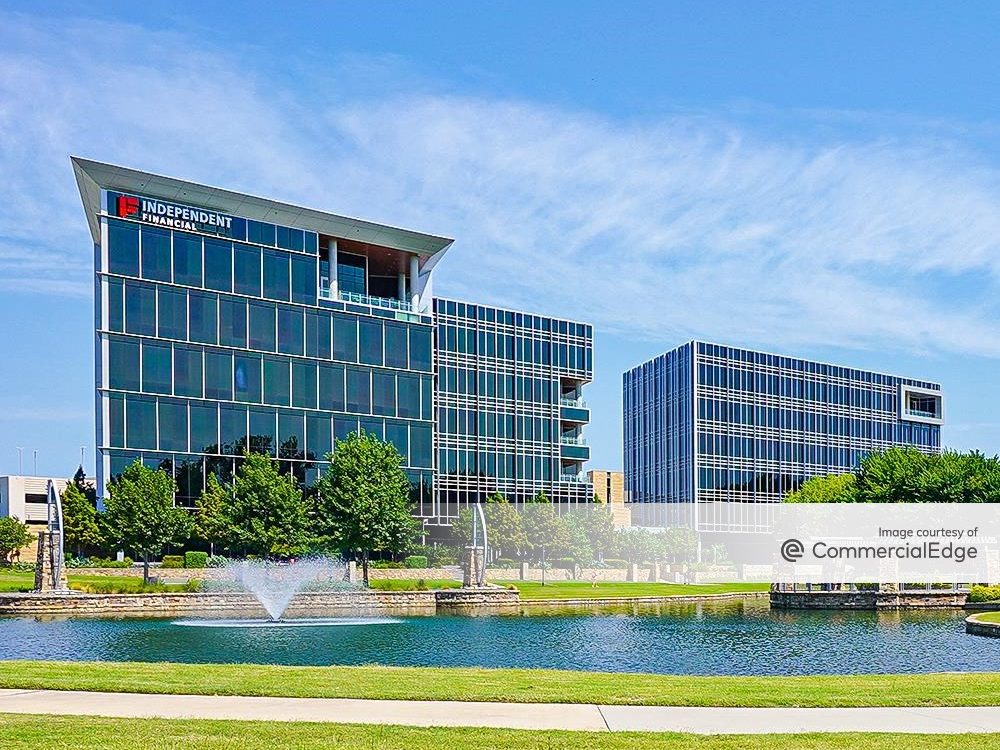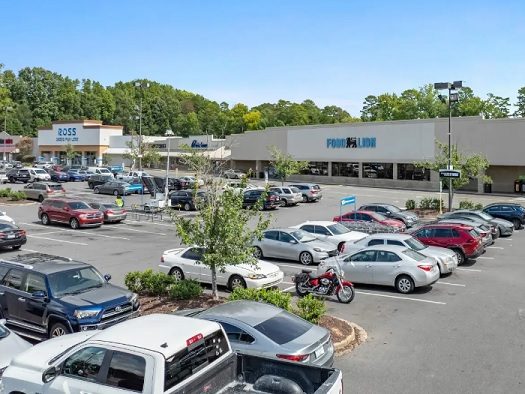Phillips Edison, Grocery Center REIT II to Merge
The consolidation, which is expected to be completed in the fourth quarter, will create one of the largest grocery-anchored shopping center portfolios, worth more than $6 billion.
By Gail Kalinoski
A planned merger of Phillips Edison & Co. and Phillips Edison Grocery Center REIT II would create a $6.3 billion internally managed REIT and one of the largest pure-play grocery-anchored shopping center portfolios in the retail sector with 323 properties across 33 states.
The definitive merger agreement was approved unanimously by the PECO and REIT II boards of directors and the independent special committee formed by REIT II’s board. If approved by PECO and REIT II shareholders in November, the merger is expected to close in the fourth quarter. PECO shareholders would own 71 percent of the combined company and former REIT II shareholders would own the remaining 29 percent.
The merger would combine PECO, an internally managed REIT with 237 properties encompassing 23.7 million square feet, and REIT II, a public, non-traded REIT with 86 assets across 10.3 million square feet, for a total retail space of 36.7 million square feet in a stock-for-stock merger valued at approximately $1.9 billion. It would also include REIT II’s 20 percent ownership interest in Necessity Retail Partners, a joint venture with TPG Real Estate that owns 14 grocery-anchored shopping centers. Jeff Edison, chairman & CEO of both PECO and REIT II, said in a prepared statement that necessity-based retailers have proven to be both internet resistant and recession resilient.
JLL’s 2018 U.S. Grocery Tracker report stated investments in grocery-anchored centers in 2017 increased by 5.3 percent. Noting it was one of the only retail sectors to see growth in a year of low transaction volume, the report said grocery-anchored centers remain a stable sector for investments.
Even so, Brad Thomas, editor of Forbes Real Estate Investor, said the grocery chain market is highly competitive, particularly in secondary and tertiary markets, where many of the PECO and REIT II assets are located. “You have to make sure the property is on the best corner, has the best operator, and has the best tenant mix,” Thomas told Commercial Property Executive.
Merger benefits cited
Michael Lagazo, vice president of SRS Real Estate Partners, said consolidation in the current economic operating environment positions the REIT for growth and acquisition. “Consolidation improves the value of the portfolio, future performance of the REIT, and the ability to compete for higher quality assets,” Lagazo told CPE. “Diversifying the composition of the portfolio distributes risk. The combined REIT is positioned to operate confidently in the event of a decline in the economy.”
The combined portfolio would have higher occupancy rates, higher annualized base rent per square foot, improved demographics, broader tenant diversification and a simpler, more efficient operating platform, according to a summary of the merger’s strategic benefits.
Lagazo noted that the consolidation would also improve liquidity and creditworthiness thereby improving access to capital, both important benefits cited by Edison. “This strategic merger of two highly complementary grocery-anchored shopping center portfolios is the next step on the path so liquidity for both sets of shareholders,” Edison said. “The enhanced size, scale and prominence of the combined portfolio will greatly improve our access to the capital markets, which can be used to support ongoing strategic investments, as well as to drive future growth opportunities.”
David Garrison, chair of the special committee of REIT II’s board of directors, said the special committee also determined the merger of two highly complementary businesses would be in the best interests of REIT II shareholders. “It better positions REIT II and the combined company for liquidity and provides REIT II shareholders with the benefits of a company with an enhanced growth profile, lower leverage, and the efficiencies of size and scale,” Garrison said in a prepared statement.
Thomas, who specializes in analyzing publicly traded REITs, believes the merger could help if the combined company was considering going public as a liquidity event. “They could do well if they list,” Thomas told CPE. “Six billion would be a good-sized player in the public space.”
The planned merger of PECO and REIT II is not the only major move made by Phillips Edison. In May 2017, Phillips Edison Grocery Center REIT I Inc. (PECO I) announced it would acquire real estate assets and the third-party asset management business of its sponsor and external advisor, Phillips Edison Limited Partnership (PELP) in a stock-and-cash transaction valued at about $1 billion.
BofA Merrill Lynch is acting as lead financial advisor with Citigroup Global Markets Inc. and Goldman Sachs & Co. LLC also acting as financial advisors to PECO. Latham & Watkins serves as legal advisor to the PECO board of directors. Morgan Stanley & Co. is exclusive financial advisor and Hogan Lovells US is exclusive legal advisor to REIT II’s special committee.









You must be logged in to post a comment.